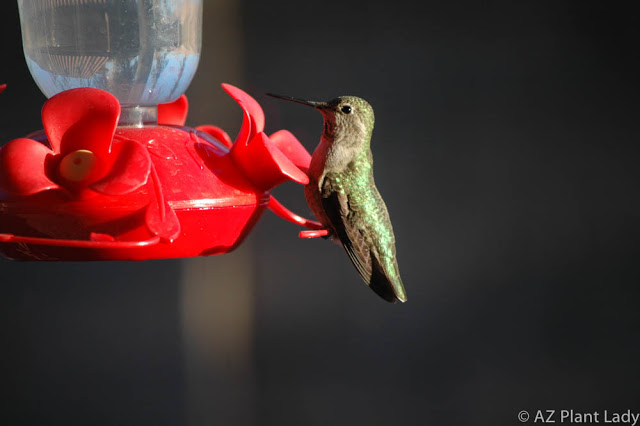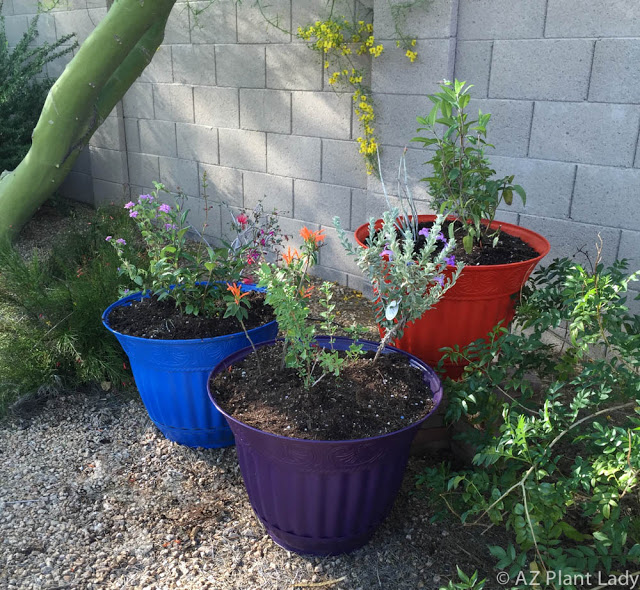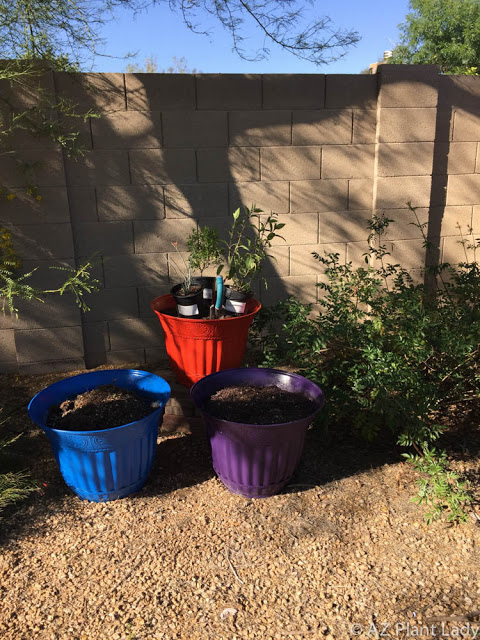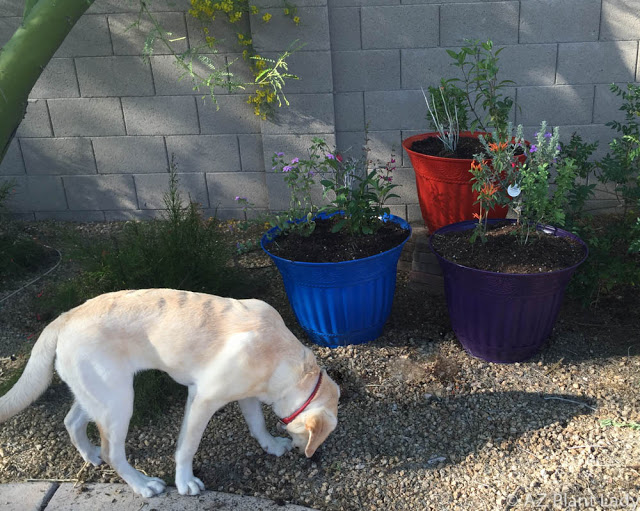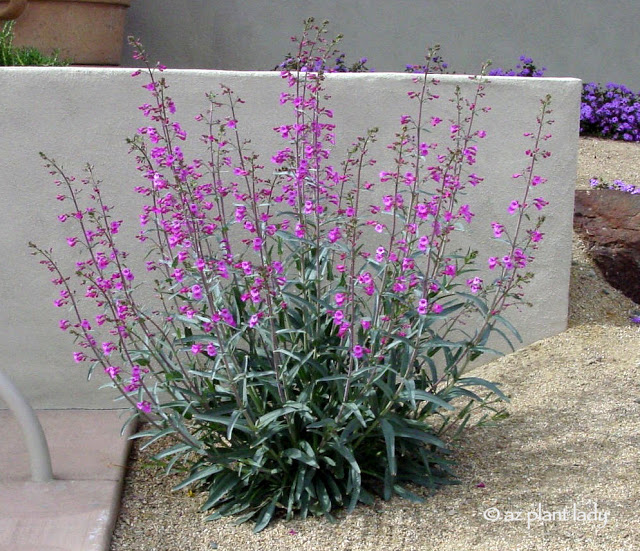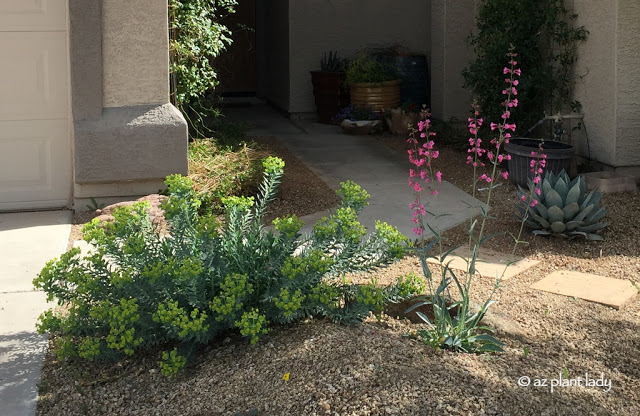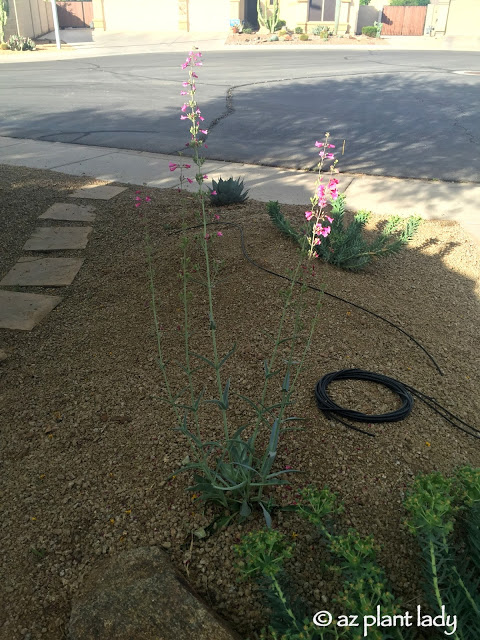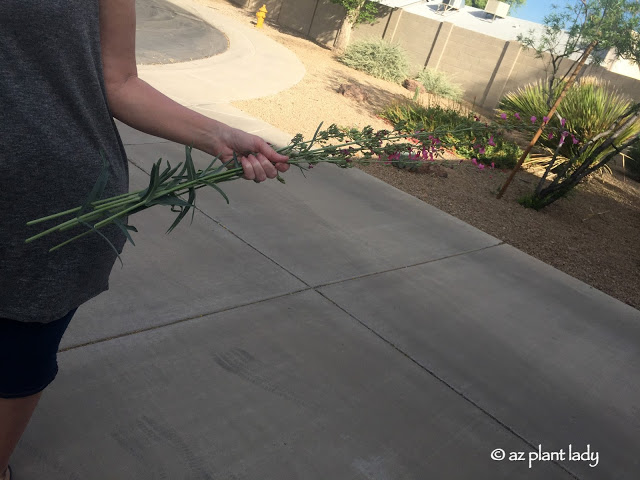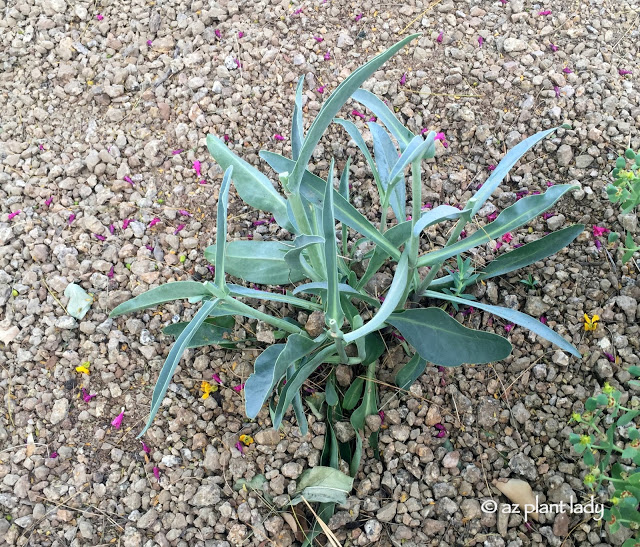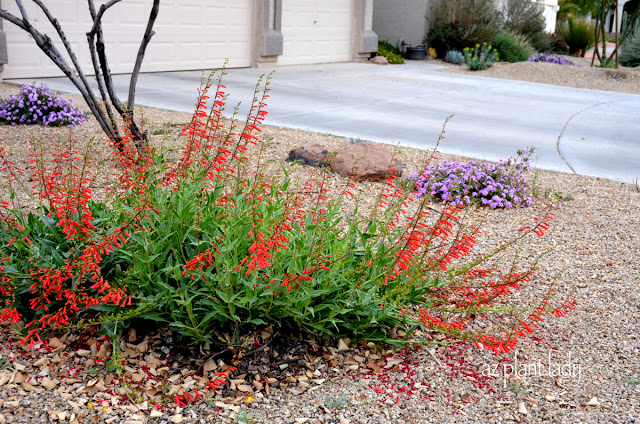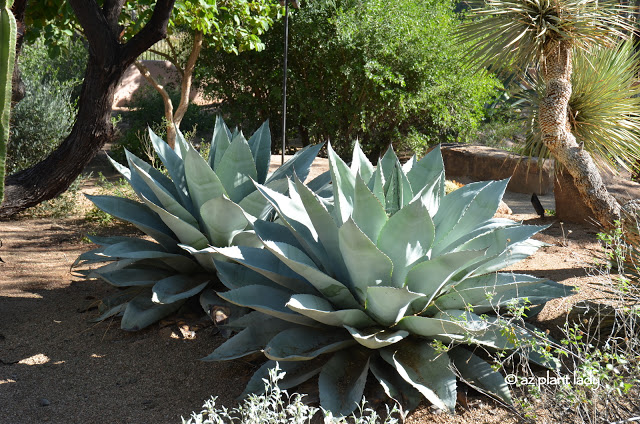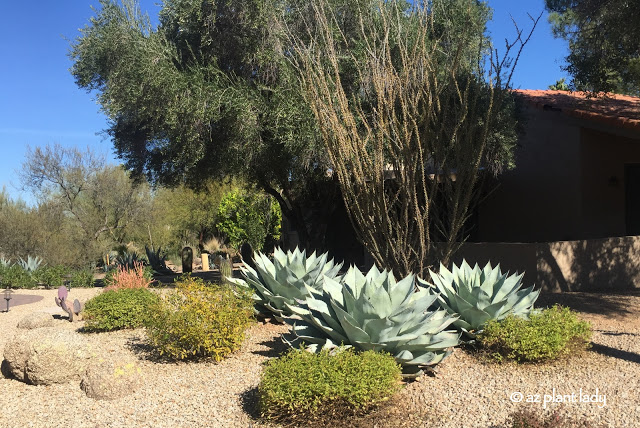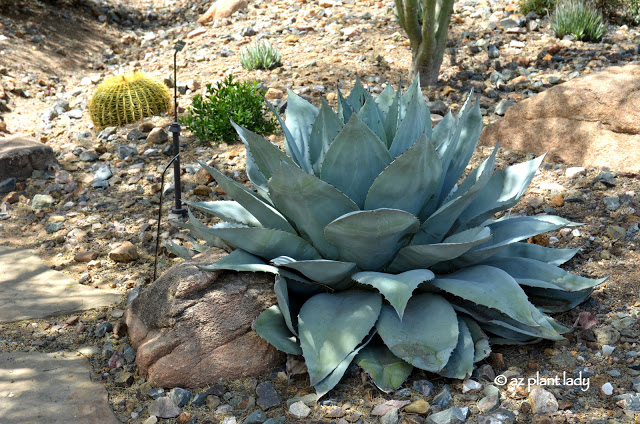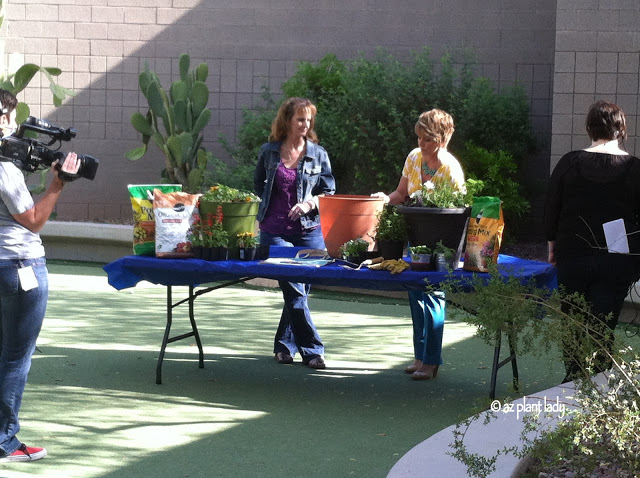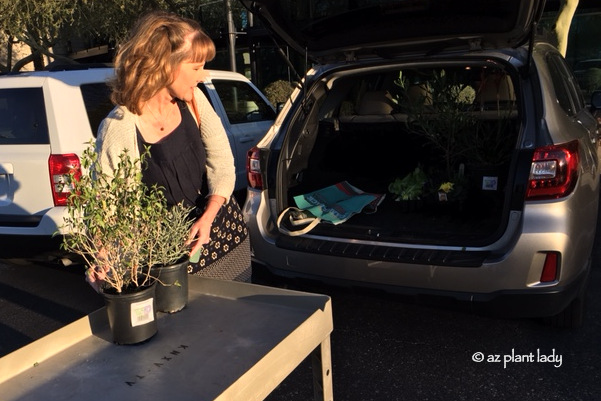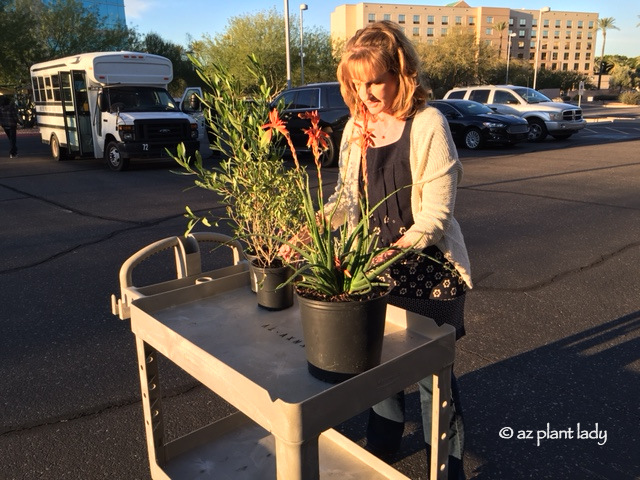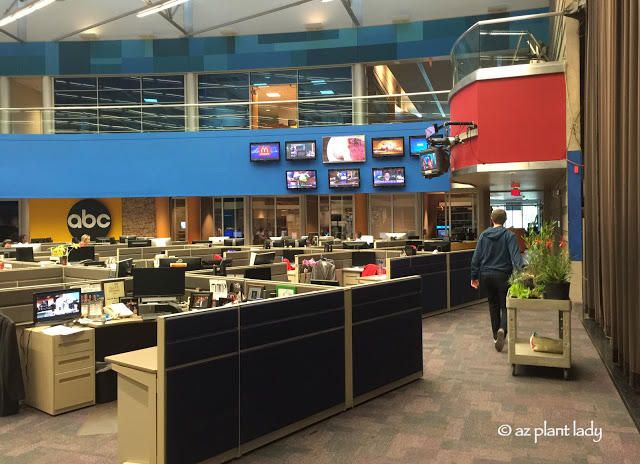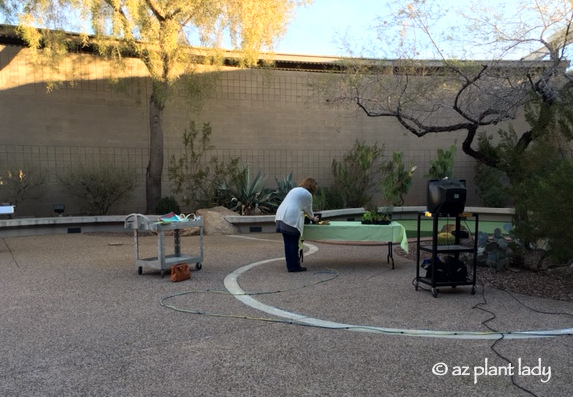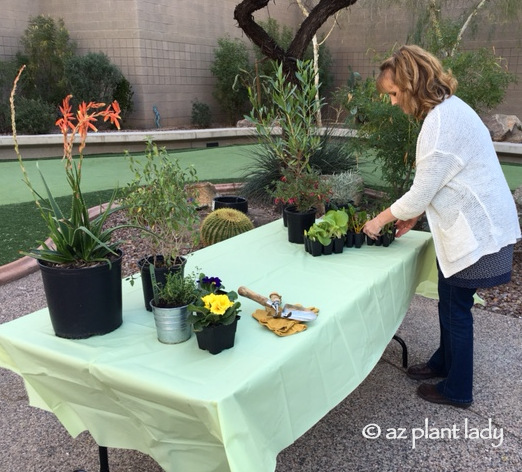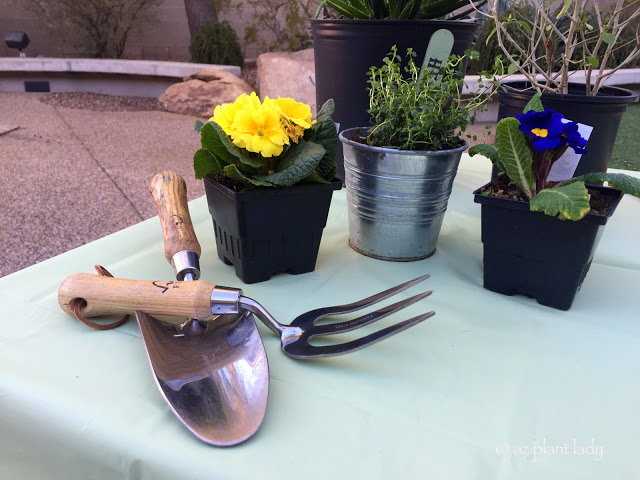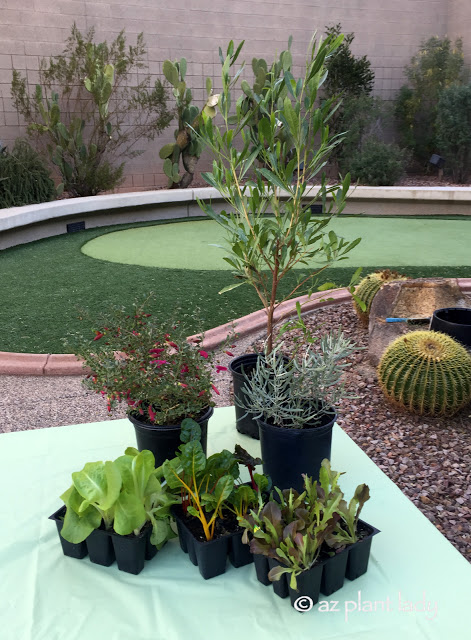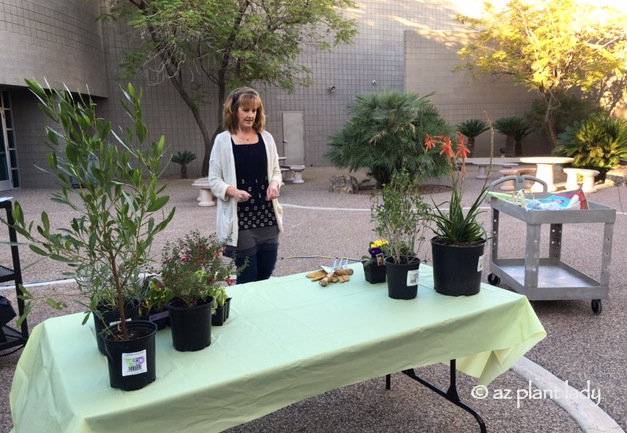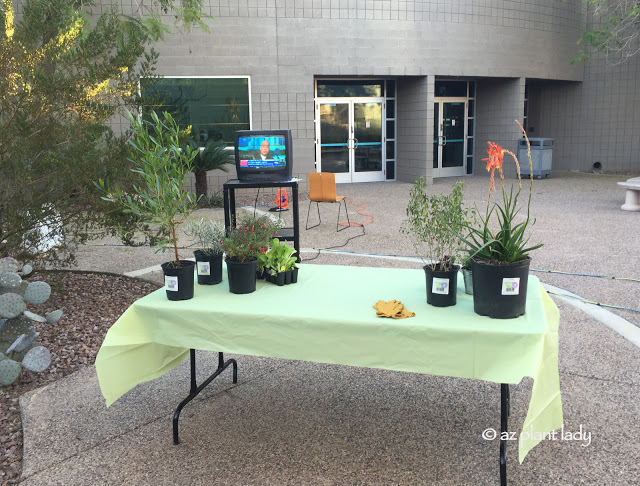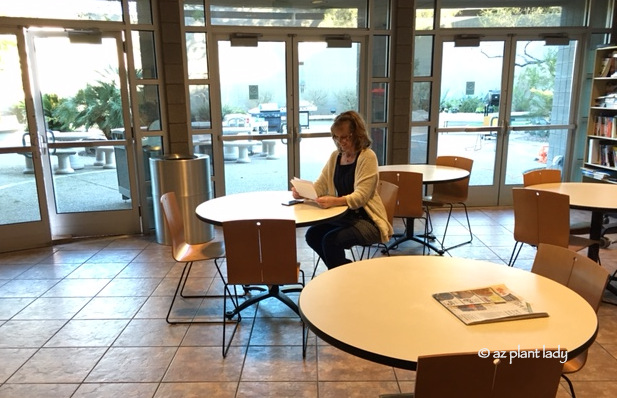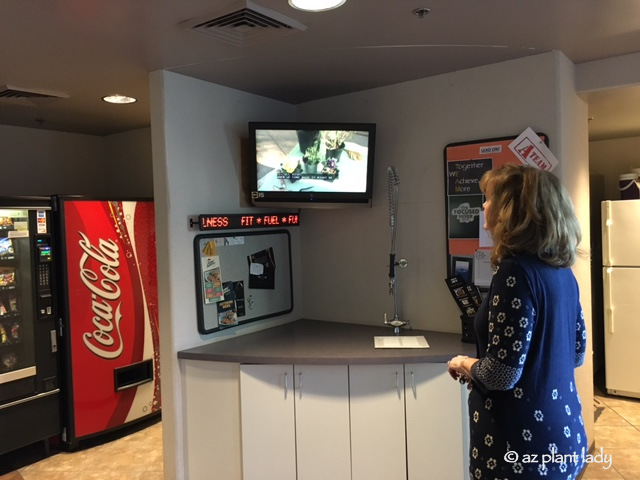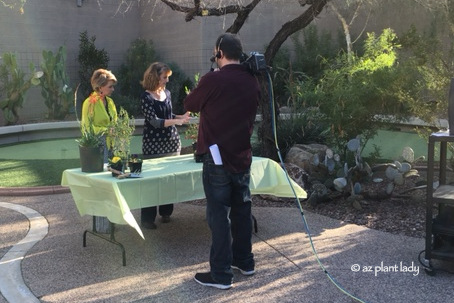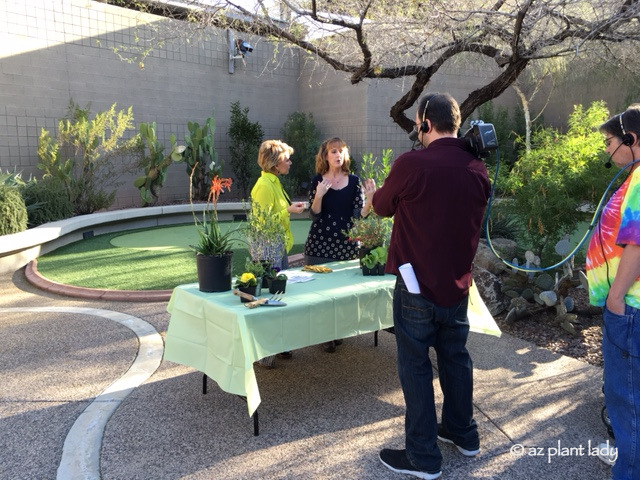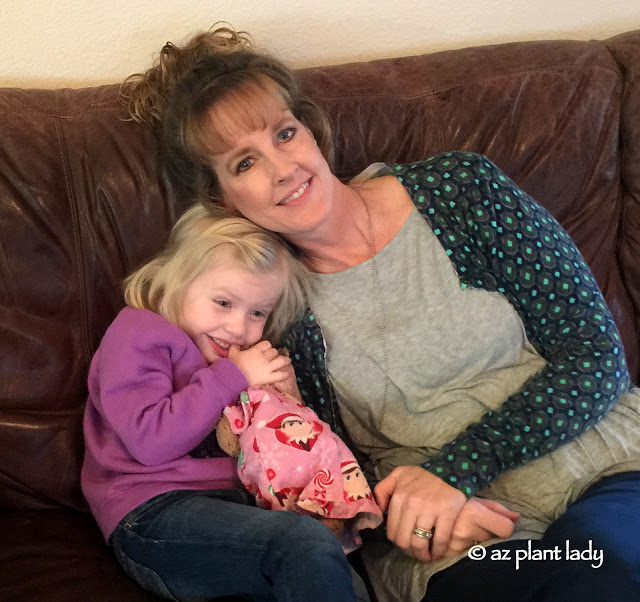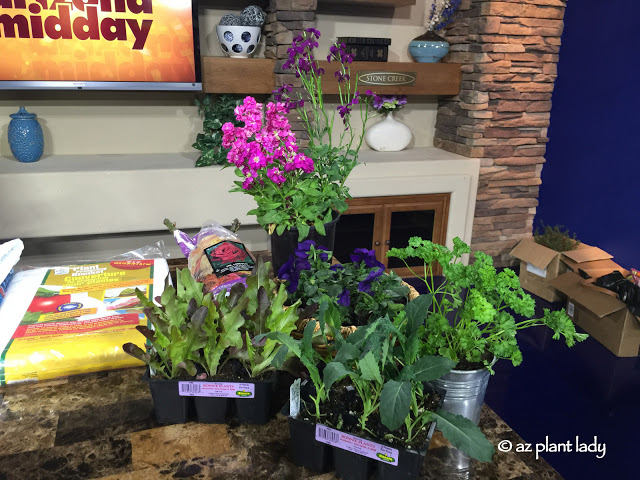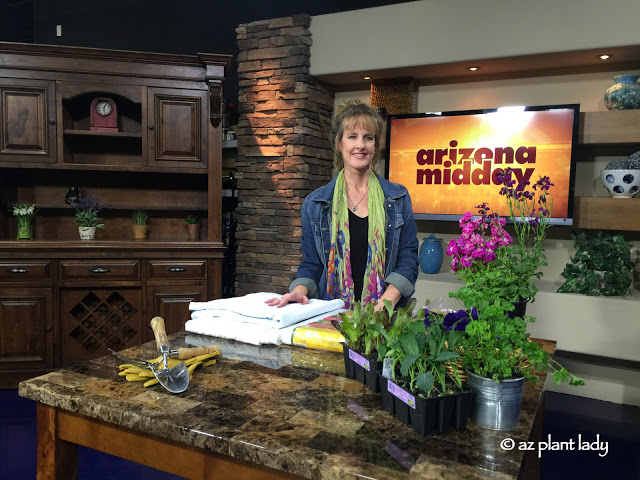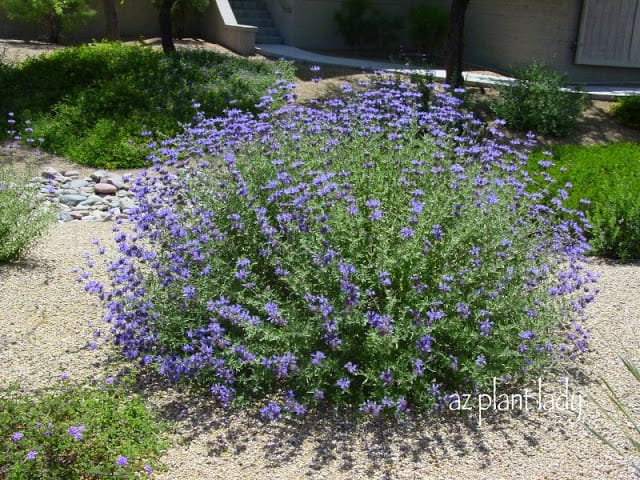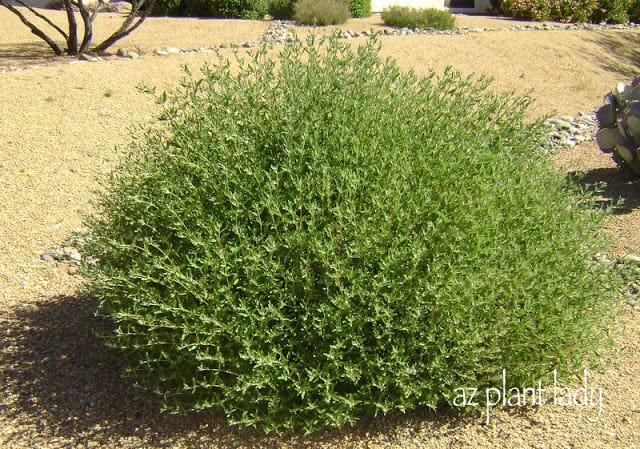Have you ever wondered what goes on behind the television camera?
What we often see is just a small portion of what goes on behind the scenes as I have learned during my occasional appearances on television.
Today, I thought that I would let you see what goes on behind the scenes getting ready for a gardening segment on television. I documented what went on behind the scenes of my television appearance last Friday.
You may be surprised to find that appearing on camera is the easiest part. Here is how it all happens…
– Typically a week ahead of time, I am contacted by the producer of the show I am being asked to appear on. They give me a general gardening topic and then send me a guest sheet to fill out. On the guest sheet, I list general questions for the host to ask and send in photos for them to use in the segment as well.
– Two days before my scheduled appearance, I visit my local nursery to get the plants and other ‘props’ that I will need.
– The day before, I am busy ‘cleaning’ up the plants – removing any dead leaves and/or flowers and wiping down the nursery containers with a wet rag to remove any dirt. Often, I plant some of the plants in decorative pots. Believe it or not, I have a stash of ‘props’ that I only use when I appear on television, which I will show you later.
The next day begins with an early arrival at the television station. Plants are unloaded onto large plastic carts located in the television station’s lobby for transporting props.
I usually bring someone with me to help me set up. For me, it’s usually a family affair with various members of my family accompanying me. This time, my nephew came along to help. He recently graduated from the Conservatory of Recording Arts and Sciences and I thought that he would like to experience the workings of a television studio.
There is security in the lobby and only those on the list are allowed to enter. Guests are expected to arrive 1 hour before the show airs.
After entering, you are shown to the ‘green room’ where you wait with others who will also appear on the program.
Most often, I bypass the green room as I am shown directly to the outdoor area in back of the studio where I will set up. Along the way, we pass the newsroom.
In the outdoor area there is typically a rectangular table set up for me and I get to work on setting up my props.
When selecting props, color is an important element, so I always try include colorful flowers whenever possible.
In this case, I was asked to talk about what to plant in winter, so I picked out the most colorful annuals that my local nursery had – in this case, primrose.
Earlier, I mentioned that I have a stash of ‘props’ that I use when I am to appear on television. Well, I used three of them; a hand shovel, a hand rake as well as a galvanized steel container. I don’t use them in the garden so that they will always look nice and I’m not having to clean them. A nice pair of leather garden gloves usually appear alongside my other props as well.
Setting up my props is called ‘staging’ and I must admit that it’s not my strongest suit. In general, tall plants go in the back with smaller ones in front.
My sisters and mother are very good at staging and have been especially helpful when they have come with me when appearing on television.
However this time, I was on my own when it came to arranging my plants and props.
This is the perspective from where I will stand when talking in front of the camera. The small TV shows a live feed of what is currently being broadcast and is helpful when being interviewed since I can see what the viewers see – especially when the photos I sent in are shown on screen so I can speak directly about them.
About a half-hour before my segment, a producer comes out and sets up my mike, which is threaded through my clothes and clipped to my collar.
After a busy morning of getting up early, loading plants, driving to the studio, unloading plants and staging plants and getting ‘miked’ – it’s time to sit and wait until it is time for my segment to go on.
Since my segment is being filmed on the back patio and not inside the studio, I usually spend my time in the break room waiting until the television host comes to find me to talk about the upcoming segment.
It’s interesting to note that I never know before I get to the station, when I will be on. I’ve been on at the beginning, middle and end of the show – I prefer to be on at the beginning instead of waiting.
Shortly before my segment, a ‘teaser’ is shown with close-ups of my plants being shown after which, a commercial is shown.
During the commercial, the host talks to me about what I brought and we both go over what I will talk about.
Finally, it is time for my live segment. At this point, everything goes very fast.
My four minute garden segment feels like it only takes one minute to do. I admit that this is the part that I like best – helping people learn how to enjoy their garden and hopefully inspiring them to try something new. In this case, we talked about adding lettuce and other leafy green alongside colorful annuals in pots.
If being on camera makes you nervous, it helps to just talk directly to the host and try to ignore the camera. I do that most of the time, but I do try to talk directly to the camera a few times as well.
After the segment is over, I load my things back onto the plastic cart and leave. Sometimes, I make it home before the program is over.
Later in the day, I receive an email from the producer with a link to my garden segment. I don’t like to watch myself on TV a lot, but I do watch it once to make sure that I didn’t make any mistakes. Every time I go on, I find myself becoming a little more comfortable with the process.
And so, that is a behind the scenes look to filming a garden segment on television. I hope that you enjoyed it.
**If you would like to view this particular garden segment, click here.
My New Garden Video
